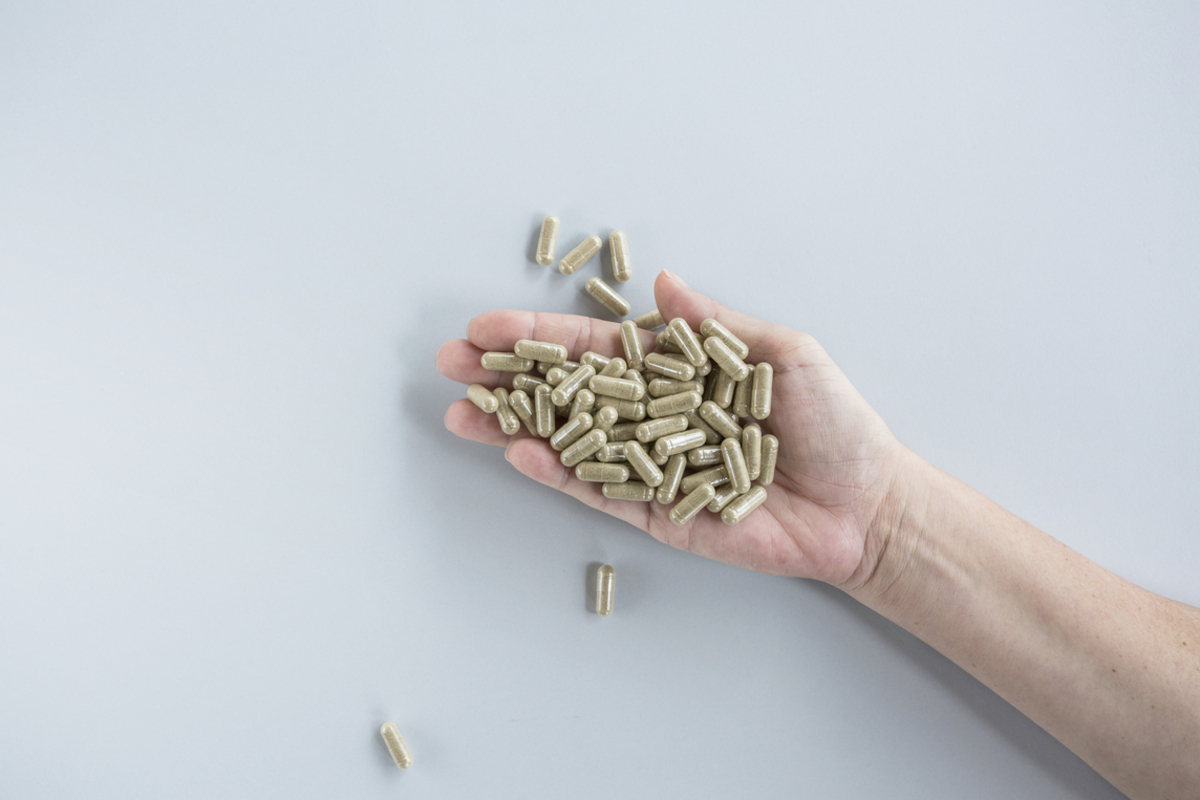Used for a very long time in Chinese medicine, red yeast rice is a type of fermented rice that uses specific kinds of mold in the process of making it. Today, it is considered one of the best natural remedies for people who have high cholesterol, but the benefits of consuming it don’t stop there.

Red yeast rice and cholesterol
A different study concluded that LDL levels can be reduced with up to 26 percent over a period of eight weeks just by taking 1.2 grams of red yeast rice every day. However, the study was conducted using red yeast rice extract, which was combined with statins, a class of drugs which is typically prescribe to people looking to lower their cholesterol.
Red yeast rice and heart health
Heart disease is one of the potential consequences of living with high cholesterol levels. This occurs when the arteries’ walls become stiff and narrow because of cholesterol deposits on their inner lining. Red yeast rice is believed to help with such problems, and considered beneficial because it has way fewer side effects compared to the most common cholesterol-lowering drugs on the market.
A study conducted with 25 participants showed a decrease in LDL cholesterol by 21 percent when taking red yeast rice. A review that covered 21 different studies showed that, aside from its cholesterol-reducing properties, red yeast rice can also help lower blood pressure and triglyceride levels.
The controversy around red yeast rice
Typically produced in China and sold in the US as a supplement, red yeast rice still has a lot of controversy revolving around it. That’s because this supplement contains naturally generated statins, which are labeled by the FDA as being a drug, and need to be regulated accordingly.
Red yeast rice contains a component known as monacolin K, which is the same active ingredient found in statins such as lovastatin. Because of this issue (and one lawsuit later), the FDA authorized red yeast rice to be sold legally, but only after it’s passed through a process that removed monacolin K.
While red yeast rice is currently being sold as a dietary supplement, its contents are still not fully regulated, so you can’t be 100 percent sure what drug store-bough red yeast rice supplements actually contain.
Other benefits of red yeast rice
Aside from being tested and approved for lowering cholesterol, red yeast rice may also bring other health benefits to the table. Because it helps with high cholesterol, excess body fat, and reduces blood pressure and blood sugar levels, red yeast rice is good for treating metabolic syndrome.
It is also believed that it can reduce inflammation, an immune system response that pushed your body to fight off infections. A particular study conducted on a group of 50 people with metabolic syndrome analyzed the effects of red yeast rice and olive extract supplements. The results of this study revealed a decrease in oxidative stress with up to 20 percent.
Currently being tested on animals alone, red yeast rice is also believed to prevent growth and spread of cancer-diseases cells inside the body. A particular study involved mice with prostate cancer. When administering red yeast rice, the tumor decreased in volume.
However, the study can’t be considered conclusive, even if test-tube research showed that red yeast cells were able to slow down the growth of prostate cancer cells way more efficiently than lovastatin drugs could.
Red yeast rice: What are the side effects?
The supplements that contain red yeast rice aren’t always about benefits. The most common side effects of taking these supplements are of gastrointestinal nature. Some people may feel bloated, pass gas, or feel stomach pains after taking red yeast rice supplements.
In very few cases, people have also reported liver toxicity and muscle problems. If you’ve never taken red yeast rice supplements before, don’t exclude the possibility of an allergy. Almost all side effects experienced when taking these pills are similar to those of cholesterol-lowering medication.
Since there are a lot of shady options out there, buy your supplements from a trusted seller, and look for labels that specify exactly what these supplements contain, as well as detailed information on the dosage.
Red yeast rice: What is the correct dosage?
The recommended dosage really depends on what form your supplement is and what it’s combined with. You may find that red yeast rice supplements often contain other ingredients, such as omega-3 fatty acids.
The dosage should normally be written on the packaging of the supplement. Clinical trials have studies the effects of doses ranging from 200 to 4,800 mg. The major brands that you’ll now find in store recommend a daily intake of about 1,200 to 2,400 mg.
Conclusion
With red yeast rice, things can get a bit tricky. People often turn to it as an alternative of medical-prescription cholesterol-lowering medications. However, the fact that they may contain an unknown amount of statin-like substances makes them quite controversial.
While studies allover have shown the benefits of consuming red yeast rice for those with high cholesterol levels, you might actually be taking a drug without medical approval. The best idea would be to talk to your doctor about statins, and then get a prescription for these drugs where you can control the dosage and know exactly what you’re taking.
- Photo courtesy of SteadyHealth


Your thoughts on this